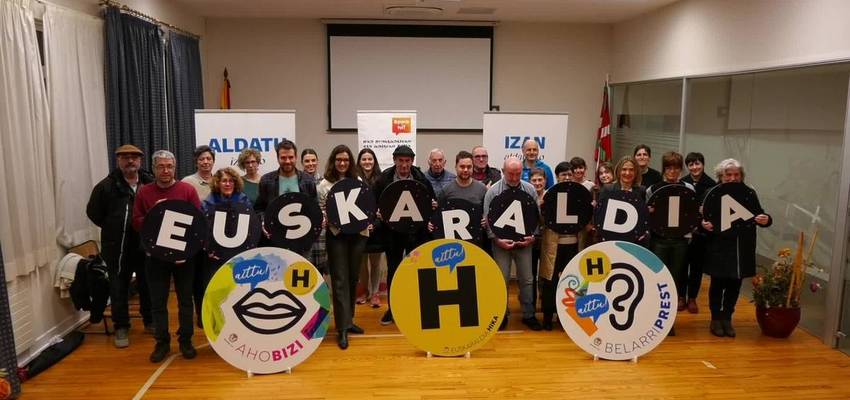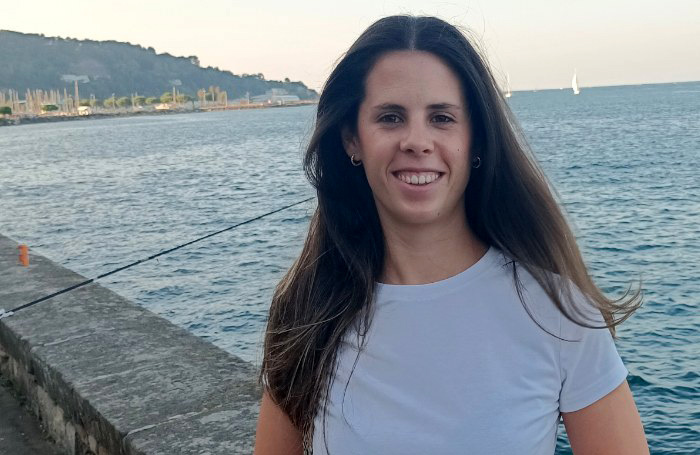Only 11% believe that in their country Hitano is in good condition, according to a survey
- According to the survey conducted by the Basque association Badihardugu, 55.6% of the participants stated that in their municipality the situation of Hitano is bad or very bad. Only 5 per cent believe that the situation of the person in their village is good and 24 per cent for the toka.

Badihardugu euskara elkartea from the Deba Valley conducted a one-month survey in December 2022. A total of 4,215 responses have been received and people from 287 countries have answered the 28-question questionnaire. The aim of the survey was to analyse the situation of Hitano in living countries. They have received answers from the inhabitants of the seven countries. The largest number of responses occurs in Gipuzkoa, over 3,000, almost three out of four. The women surveyed outnumber the men (58.8%). The first part of the questionnaire asks about the situation of the Hitan in the people themselves and the second part asks about the experience of the speaker with the Hitan. The second part was answered by 2,674 people, 63.4%, since not all those who completed the questionnaire were speaking Hitans.

During the analysis of the results, the partnership has advanced a number of conclusions:
- Most respondents state that the situation of Hitano in their country is deficient and very bad (55.6%), compared to 11% of those who say the situation is good and 33.4% of those who say the situation is regular, especially among boys.
- The view of the Nokia and the Toka is very different: Only 5% believe that the noka situation is good in their country, while the toka sees it in good condition 24%. Those who see noka endangered or lost are 54.3%, while in the case of toka they are less: 23.1%
- More than seven out of ten respondents say that Hitano is more used by men and 11% is not used by women in their country. There are, however, those who indicate that in their municipality the use is quite similar (14%).
- Hitano has the best situation in the "respiratory" of the Basque country. Most of the municipalities that make up the UEMA have received some response, from more than 90 locations. The answers come from the 138 municipalities of the 164 classified as Basque by UEMA: 61.5% of the answers come from Basque municipalities.
- 71.5% of the population have not heard negative comments against Hitano. 57.8% said they were well seen in their village.
- The transmission of the hitano occurs especially at home and in the family, on the street and in friends. Almost nothing at school.
Hikagin project
The survey conducted by the Badihardugu association is part of the Hikagin project. The project began with the collaboration of the Basque Government and the Provincial Council of Gipuzkoa. The aim is to revitalize the Hitan and to make the Hitan drivers a network.
In 2024 the Basque association will work on the analysis of the data obtained from the survey and on the elaboration of conclusions.
.jpg)
Hamahiru ZirHika kide batu dira hitanoaren erabilera aldarrikatzeko eta antolakundearen ekintzen berri emateko. Azalpenak Badihardugu elkarteko Idoia Etxeberria eta Galtzaundiko Uxoa Elustondok egin dituzte. Horiei, Andoni Egaña eta Amaia Agirre bertsolariak eta... [+]
When we talk about Hika or Hitano, or rather the ‘correct’ use of Hitano, because from time to time there is a little debate – whether on social networks or in what we still call real life – if we do not want to write some lines here too. What's the key? For what would be... [+]
“Xaukena xauk!” esaten omen dute oñatiar gazteek “besterik ez zegok!” adierazteko. Boladan jarri omen da esaera. Hikako forma horren erabilera, ordea, ez da hitanoaren osasun onaren adibide. Mutilek hala moduz darabilte toka, “xaukena... [+]




















